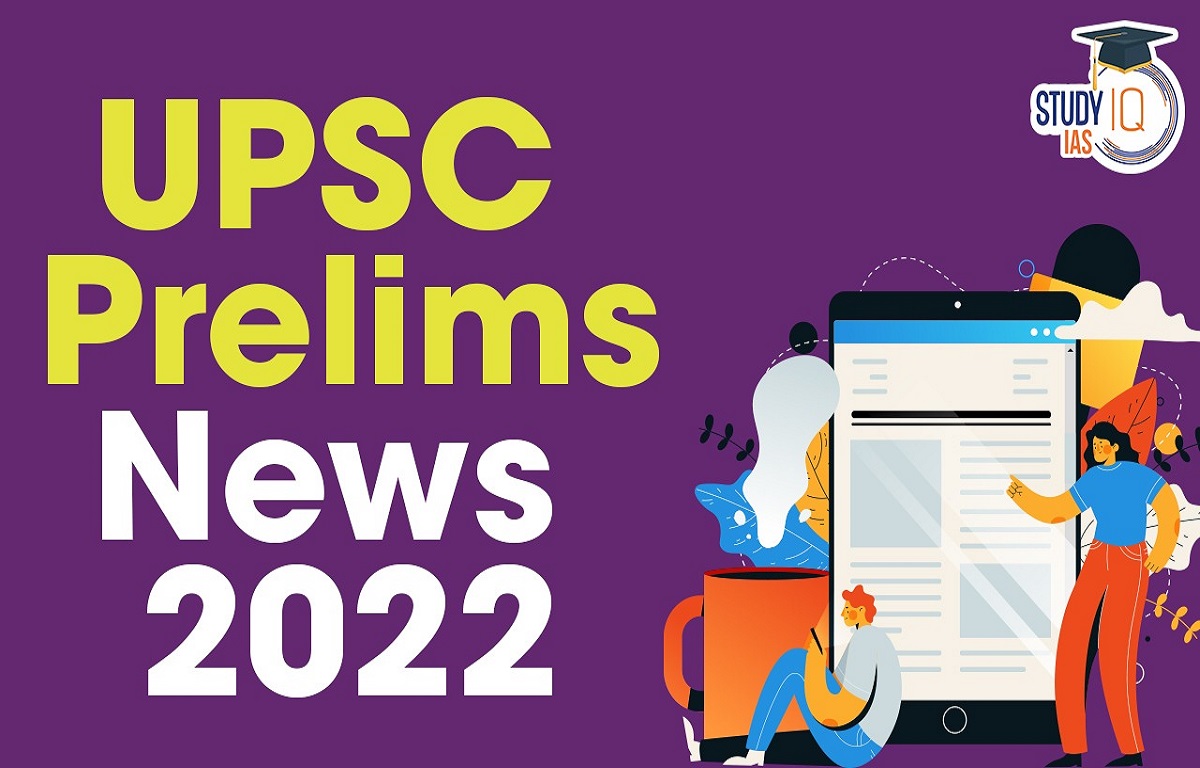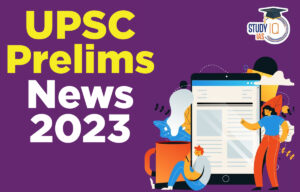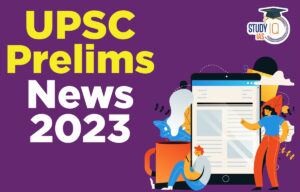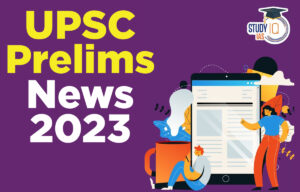UPSC Prelims News of 24 December 2022
KAVACH Protection System
Context: ‘Kavach’ (Train Collision Avoidance System) is being implemented in Indian Railways in a phased manner.
About:
- Development: The Kavach protection system has been under development since 2012 under the name of Train Collision Avoidance System (TCAS).
- Working:
- It consists of a set of electronic devices and Radio Frequency Identification devices installed on locomotives, railway tracks and signaling system.
- They communicate with each other using ultra high radio frequencies that can control brakes of trains and also alert the loco pilots.
- It passes a trigger known as Signal Passed at Danger (SPAD), when the loco pilot skips a signal. It relays signals continuously for loco pilots to see, especially during dense fogs.
- The system can alert the loco pilot and take control of the brakes to bring train to a halt automatically when it notices another train on the same line within a prescribed distance
- Significance
- Collision between trains occurs mainly due to jumping of signal by loco pilot. This can be avoided under Kavach.
- The system adheres to the highest level of safety and reliability standard called Safety Integrity Level 4.
- Future prospects
- India wants the system to be exportable. Changes are being planned to make it compatible with 4G Long Term Evolution (LTE) technology that currently exists across the world.
- It has the potential to become the world’s cheapest Automatic Train Protection System, with its cost being a fourth of the cost of existing European systems.
UPSC Prelims News 23 December 2022
Coral Cryopreservation
Context: Scientists working on Australia’s Great Barrier Reef have successfully tested a new method of coral cryopreservation.
More on the News:
- Scientists used the ‘Cryomesh’ to freeze coral larvae at the Australian Institute of Marine Science (AIMS).
- The Great Barrier Reef has suffered four bleaching events in the last seven years including the first ever bleach during a La Nina phenomenon.
What is Coral Cryopreservation?
- Coral cryopreservation is the process of preserving coral cells and tissues at very low temperatures.
- Cryopreservation techniques aim to minimize ice crystal formation and keep corals and their cells alive while they’re being frozen.
- Significance:
- Cryogenically frozen coral can be stored and later reintroduced to the wild. This could eventually help to restore reefs threatened by climate change.
- It can build bigger, more diverse bank of frozen living corals, preserving biodiversity.
What is Cryomesh?
- Cryomesh is a specially fabricated mesh used as substrate in cryopreservation. This is lightweight and can be manufactured cheaply.
- It better preserves coral and has the properties of cryoplates.
- This mesh technology will help store coral larvae at -196C (-320.8°F).
Other Technologies for Coral Restoration
- Biorock Technology:
- Biorock is a piece of technology that has a low-voltage direct current which is run through steel. This electricity can then interact with minerals in the seawater and cause solid limestone to grow on the structure.
- A Biorock structure was installed one nautical mile off the Mithapur coast in the Gulf of Kutch on 19th January, 2020. The scientists have used solar panels for power in this case.
Dieback Disease
Context: Dieback disease has hit neem trees in Telangana.
About Dieback Disease:
- Effect: It affects leaves, twigs and the inflorescence of neem trees of all ages and it causes almost 100% loss of fruit production in severely infected trees,
- Cause: It is mainly caused by the fungi Phomopsis azadirachtae.
- Dieback is a fungal disease but the neem trees are sometimes hit by insect infestation and the combination of both increases its impact.
- It was first reported in the country during the 1990s near Dehradun in Uttarakhand, while it was first noticed in Telangana in 2019.
- Treatment:
- Twigs affected by the disease should be cut and a blend of fungicide and insecticide can be sprayed after their removal.
- Alternatively, a pit should be dug around an affected tree and water mixed with fungicide and an insecticide should be poured in it.
About Neem:
- Known scientifically as Azadirachta indica, neem is a tree in the mahogany family Meliaceae.
- It is native to the Indian subcontinent. It is typically grown in tropical and semi-tropical regions.
- It is deciduous in nature, shedding many of its leaves during the dry winter months.
- It is widely used in traditional Indian medicine.


 UPSC Prelims News 17 March 2023
UPSC Prelims News 17 March 2023
 UPSC Prelims News 7 March 2023
UPSC Prelims News 7 March 2023
 UPSC Prelims News 1 March 2023
UPSC Prelims News 1 March 2023





















